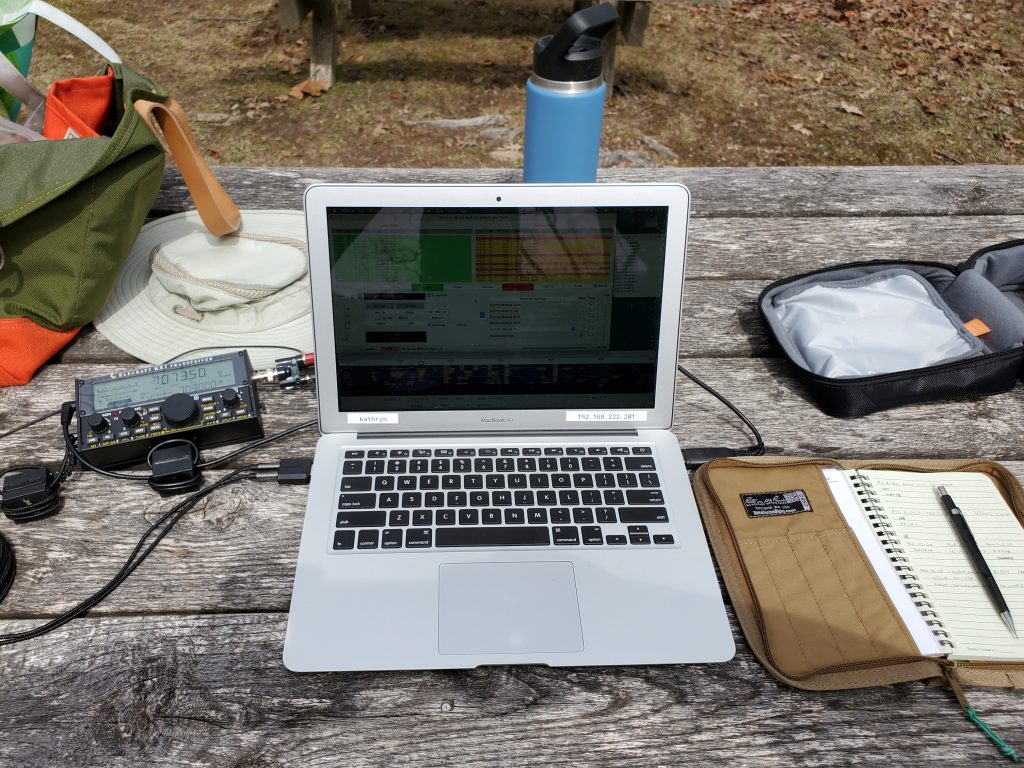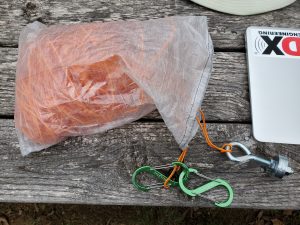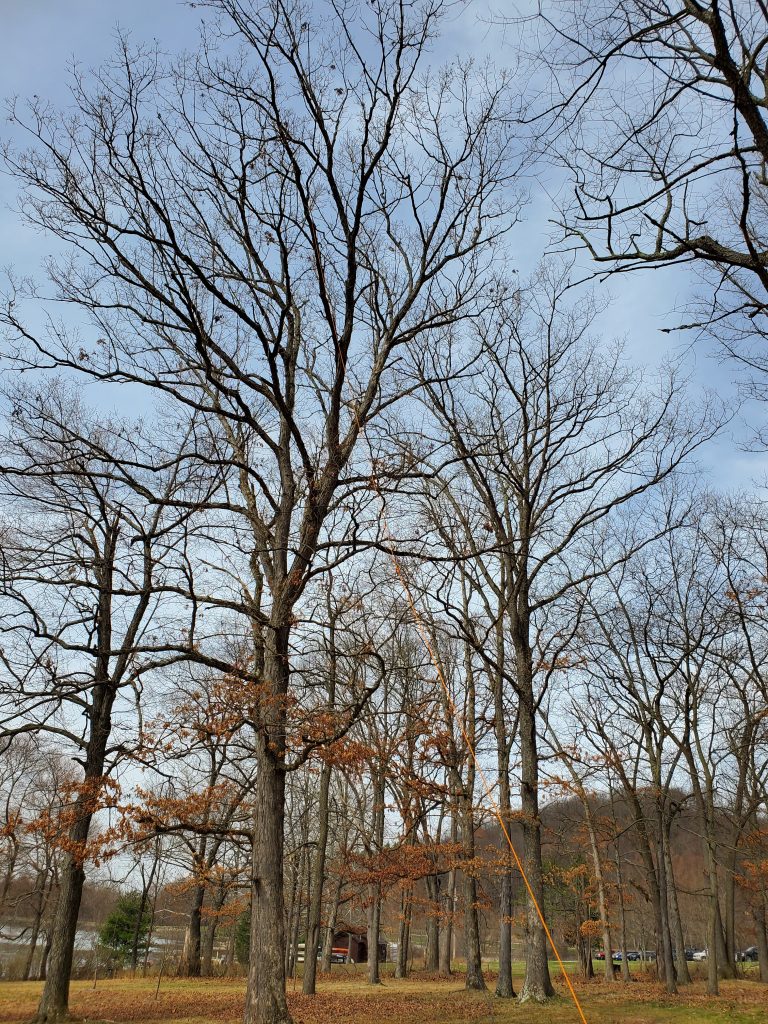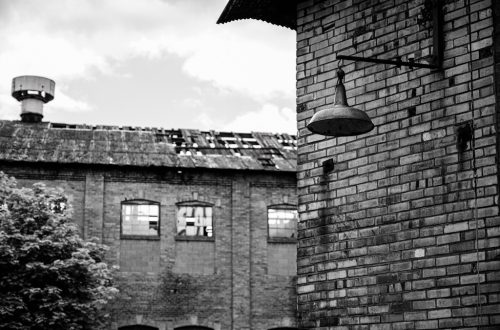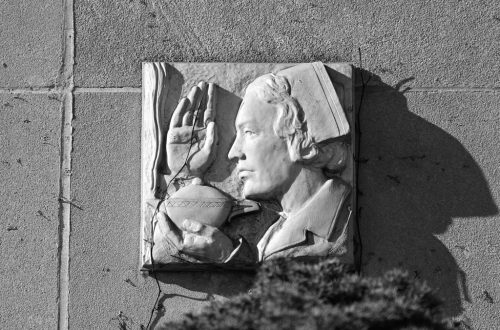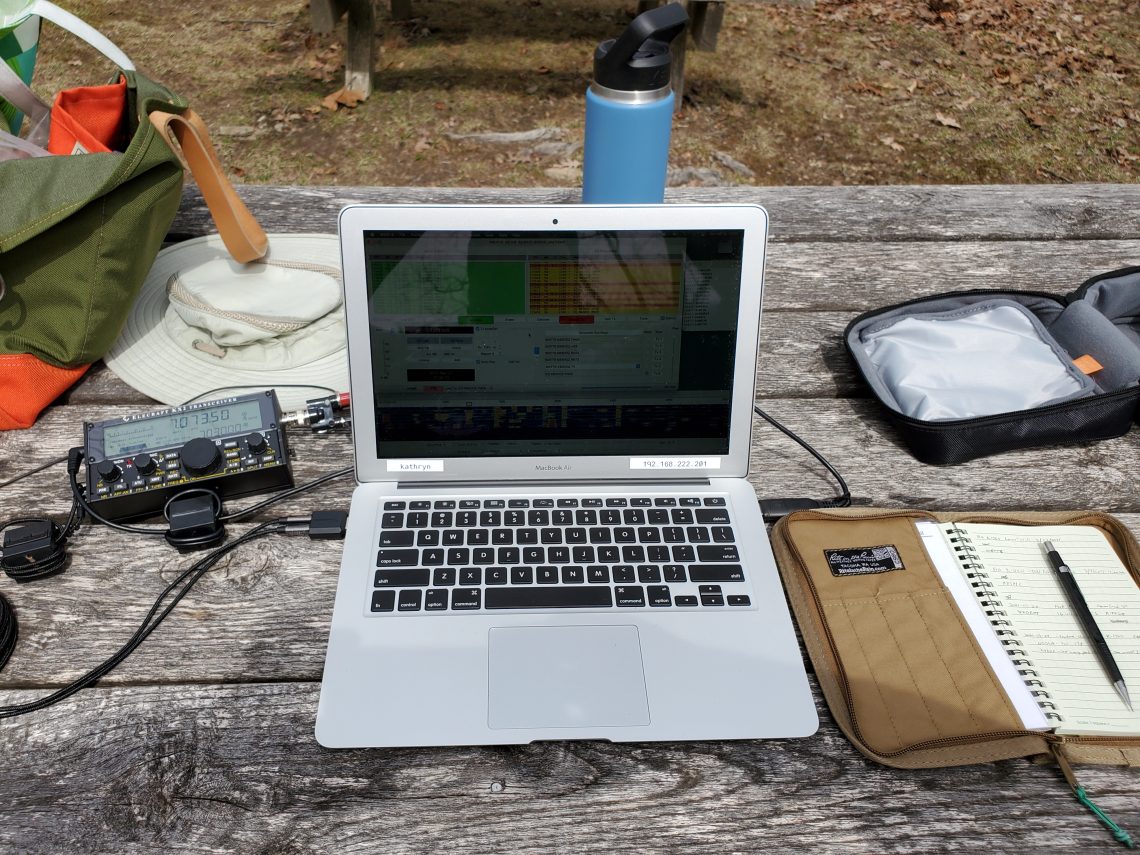
First Successful POTA Activation!
Earlier this month, I wrote about an unsuccessful amateur radio Parks on the Air (POTA) activation attempt. Last weekend, I had another attempt that was unsuccessful from Raccoon Creek State Park, though I did manage to make a few contacts there. Today, finally, everything aligned and I was able to get enough contacts to successfully “activate” Keystone State Park!
I have been learning some lessons along the way. As a result of those prior failed attempts and experimenting at home, I decided that I’d have the best chances of success with digital modes, and especially weak-signal modes like FT8. FT8 is somewhat limited in the ability to have a free-form conversation–it uses a rigid messaging format that is designed primarily to exchange callsigns, locations, and signal strength reports. The rigid messaging format permits robust error correction, which is important for weak-signal contacts. Since I am only running about five watts into portable antennas, and the radio bands are weak right now due to low solar activity, FT8 turns out to be a great mode for my setup.
I took the opportunity on this outing to try one of the wire antennas I had put together, and my throw line system to get a wire up into a tree. I have a 70ft. wire and a 30ft. wire, and intended to use them with a matching transformer also used with the Chameleon MPAS Lite portable whip antenna. Unfortunately, I neglected to bring a few minor bits that would be necessary for me to connect the wire to the transformer. I did have a straight connector that would allow me to run the wire directly to the tuner on the radio, which is what I did this time. Also, the tree I picked was in a good position for the 70ft. wire, but the 30ft. wire was really short and I was worried it would get in the way of people who might wander near our table, so I only tested the 70ft. wire. The tuner in the radio had no problem loading the 70ft. wire on pretty much every band I tried (this radio won’t do 160m, so I did not go that low). I’d like to throw my little NanoVNA analyzer on the antenna system with the transformer to see what it actually looks like, but I can say for sure that I was hearing a ton of traffic on this setup today, and I was able to work a lot of stations with good signal reports.
Predictably, given the antenna system and location, most of the contacts were within a circle of about 500 miles. I did have some longer distance contacts on 20 meters. I should have checked on some of the higher bands to see if there was any activity up that way (and perhaps better propagation), but I also wanted to get in a walk around the lake, so after trying to catch a little bit of DX, I decided to shut down and pack up the station so I could grab the camera and go for a walk.
All in all, I’m really happy with how everything went on this trip. I’m looking forward to doing more of this as the weather improves. Also, as we get Pinniped launched this year and we start making trips up to Erie, I’m expecting to activate Presque Isle State Park several times! Along the way, I’ll also be trying some “maritime mobile” contacts from on-board Pinniped, using the MPAS Lite attached to the stern pulpit. It may also be fun to try running a wire up the mast on a halyard to see what that can do.


